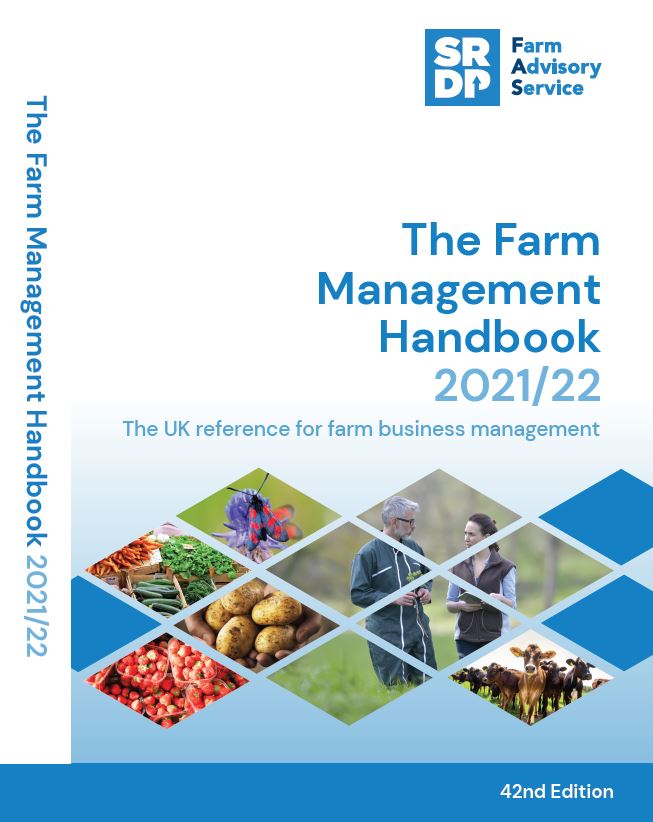Farmers’ handbook highlights need to address climate change
15 October 2021With COP26 starting in Glasgow this month, reducing greenhouse gas emissions should be a top priority for all businesses – including farms.
This is the message from the Farm Advisory Service which has just published the 2021-22 Farm Management Handbook.
Available online and in print, the handbook contains a new section on carbon and a standalone pollution section which summarises some of the main impacts on air, water and land quality from agricultural practices.
It also has a significant revision to the beef, sheep and dairy gross margins and basis of data and updates to price levels within each of the sections.
In terms of contributions to total Scottish greenhouse gas emissions in 2018, agriculture was third on the list behind transport and business.
With agriculture coming under the spotlight, the handbook provides information on practical mitigation measures to reduce emissions and sequestrate carbon, including the use of carbon calculators.
Editor Alastair Beattie, an Agricultural Consultant at SAC Consulting, part of Scotland’s Rural College (SRUC), said: “It is now widely accepted that all businesses, including farms, will have to take action to reduce greenhouse gas emissions responsible for driving climate change.
“The Scottish Government has set ambitious targets to reduce greenhouse gas losses across Scotland, with an interim goal of a 75 per cent reduction in emissions by 2030 (against a 1990 baseline), with the aim of achieving net zero emissions by 2045.
“As other sectors cut their emissions, it is anticipated that the contributions from farming activities will gain more prominence. However, the agricultural sector has the potential to be part of the solution to climate change.
“Through improving technical efficiency and using new technologies and techniques, alongside implementing land management practices which can store or ‘sequester’ carbon, removing it from the atmosphere and locking it into soils, vegetation and trees, the agricultural sector has a key role to play.”
More information on practical mitigation measures and steps farmers are taking to reduce emissions and sequestrate carbon is available at www.farmingforabetterclimate.org.
Read the latest edition of the Farm Management Handbook here
Sign up to the FAS newsletter
Receive updates on news, events and publications from Scotland’s Farm Advisory Service

